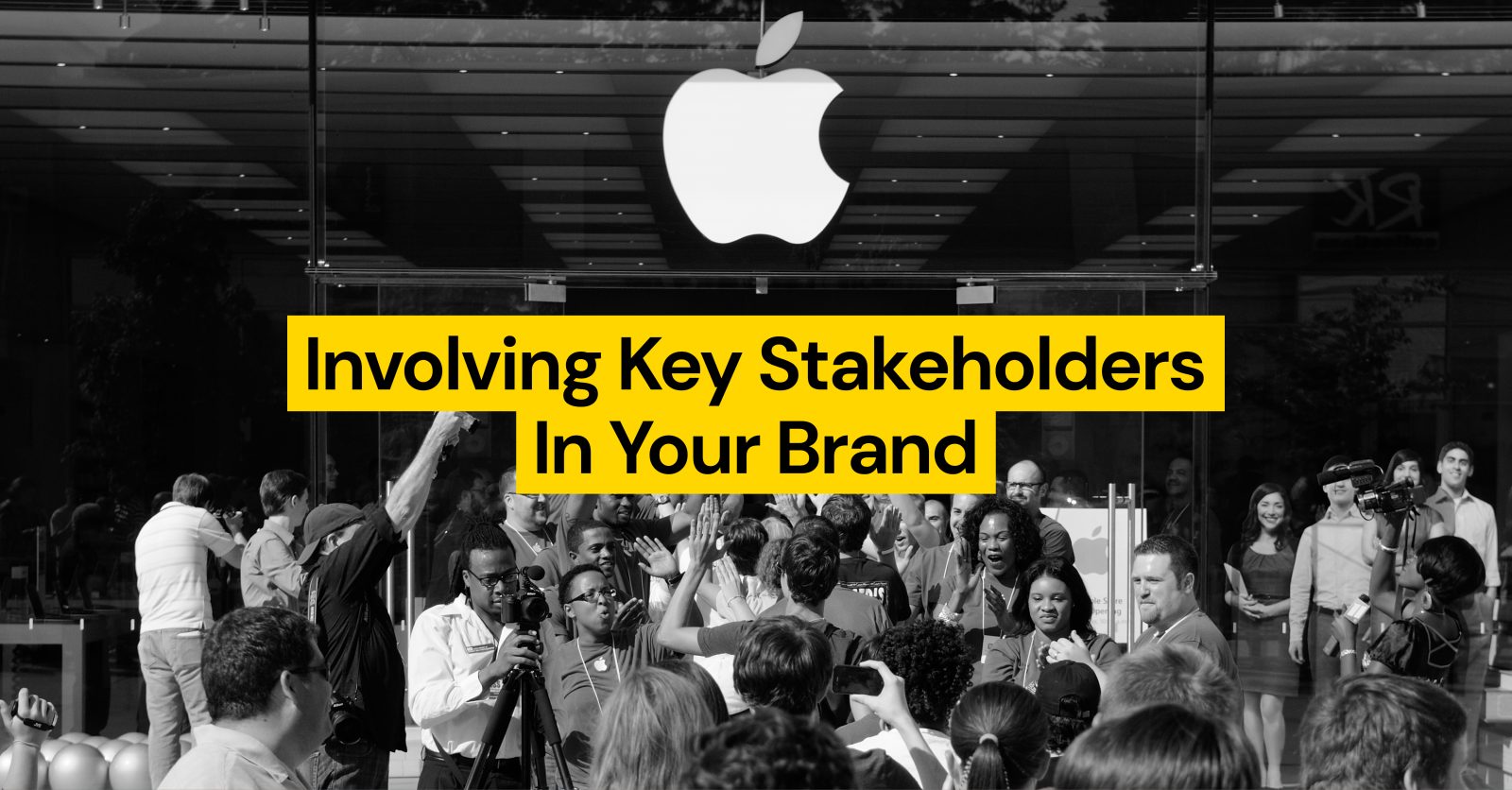When building or reviewing a brand, it is vitally important that you consult the right people. If not, you risk the process backfiring and the loss of commitment or loyalty of your stakeholders.
The word ‘stakeholder’ is bandied around a lot but who actually makes up your key stakeholders? It’s incredibly important to understand who your key stakeholders are!
In order of importance:
1. Your Employees
The MOST important stakeholders are often your employees. Think of your employees as internal customers. They may not necessarily pay for your goods/services but they still need to buy in to your brand in order to sell it effectively.
Your brand is only as strong as its reputation. Reputation is built on the experience that external customers enjoy, and your employees are responsible for delivering that experience. If your people don’t buy into your brand, why would anyone else?
2. Your Customers
Coming in second are your external customers. These guys are pretty important; after-all, they are the ones paying for what you have to offer. Without this group on side, you won’t be going very far…
Taking the time to find out what your customers are actually looking for and developing your offer to meet these needs (rather than what you think they need) is one of the keys to success. The old model of low choice and simple buying decisions has changed. Today, customers are faced with a wide range of choices and if your brand doesn’t shape up, you will be quickly forgotten.
3. Your Leadership Team
The decision-makers at the top of the hierarchy need to be put at the heart of any branding process. It’s the leadership who will be ultimately responsible for crafting the messaging proposition, defining the brand direction, and cascading this message to their teams.
We find it useful to gather initial insights from employees and customers before taking these into the Board room, using them to inform the discussions with leaders. Leaders are in the best position to make decisions; however, they may be slightly out of touch with the needs and wants of their employees and customers, and may even have different visions for the business themselves.
4. Your Investors and Shareholders
Other important stakeholders may include investors and shareholders. These groups have a vested interest in your brand but don’t necessarily play a major role in its operation. Of course, funding, and having those providing it, on side is important, but they won’t have much reason to back a brand which is out of touch with its customers and employees.
Take time to keep these groups informed, you will only generate further confidence in your investors if they can be sure your brand strategy is rooted in marketing insight and customer consultation.
All those engaged with your brand need to be made to feel considered during developments. Making changes without consulting all of these groups could be devastating to your brand – don’t make the mistake which thousands of businesses out there make, involve your key stakeholders.
What’s the worst that could happen? We’ve seen countless examples of disengagement and poor brand performance as a result of misdirection and poor communication between leaders and their people. If you don’t inform, engage and inspire your key stakeholders in line with the development of your brand, you will only alienate your people and damage your reputation.
Time to think about your stakeholders! Are your people inspired to come to work everyday? Do your customers feel involved with your brand? Are your leaders united in their vision for the future? Do your other stakeholders have confidence in your direction? Let us know if we’ve missed anyone!
Check out our related blog posts below:



